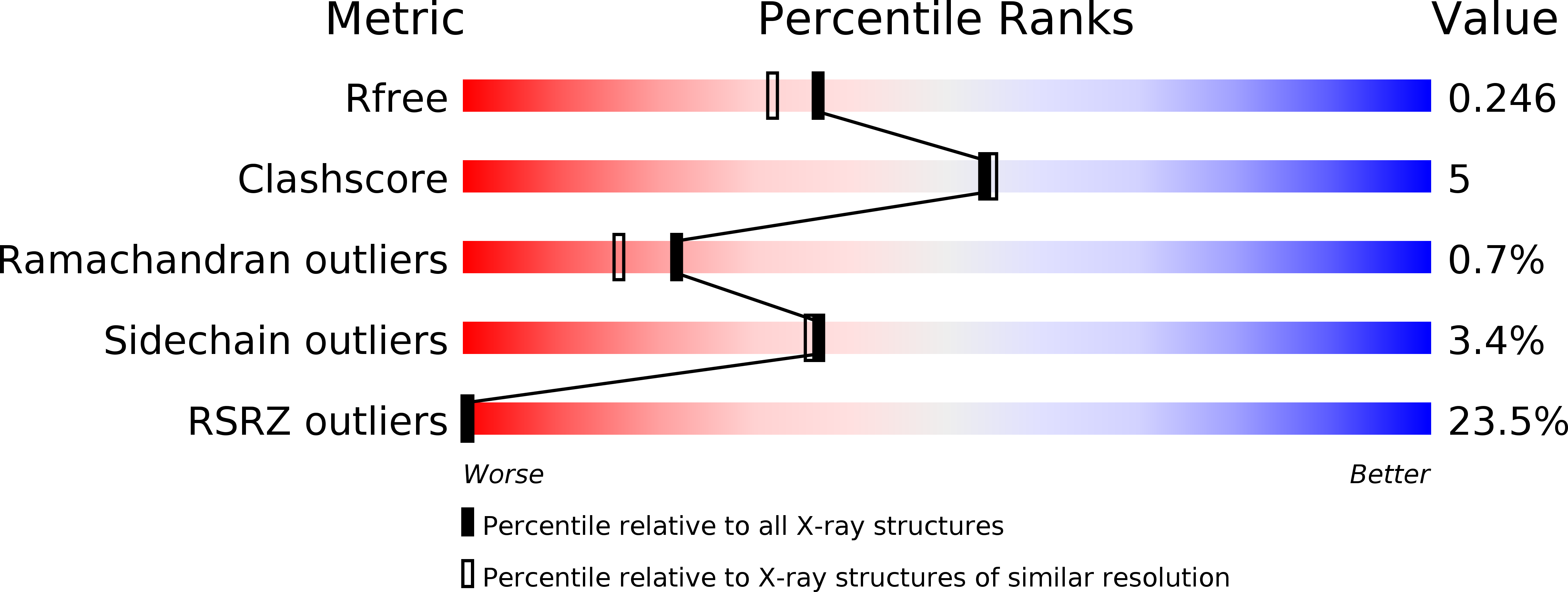
Deposition Date
2006-11-22
Release Date
2007-04-10
Last Version Date
2023-08-30
Entry Detail
PDB ID:
2NZ8
Keywords:
Title:
N-terminal DHPH cassette of Trio in complex with nucleotide-free Rac1
Biological Source:
Source Organism:
Homo sapiens (Taxon ID: 9606)
Host Organism:
Method Details:
Experimental Method:
Resolution:
2.00 Å
R-Value Free:
0.24
R-Value Work:
0.22
R-Value Observed:
0.22
Space Group:
P 21 21 2


